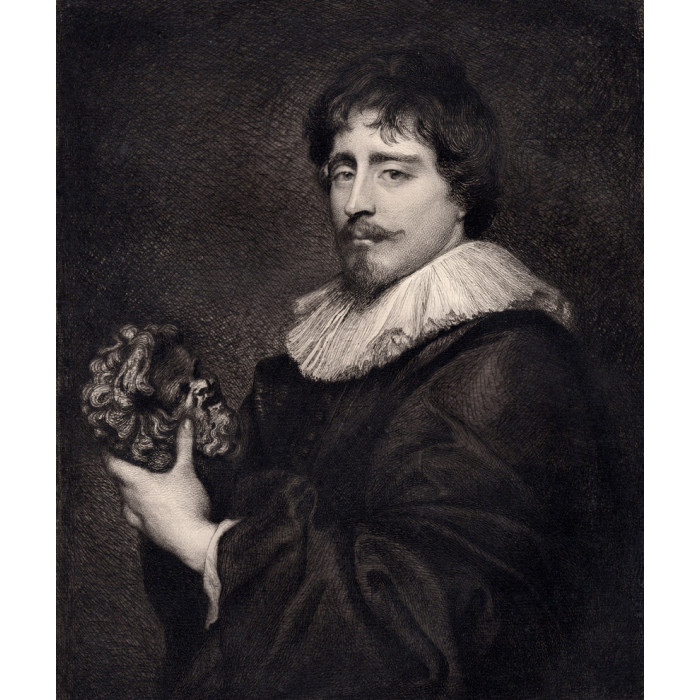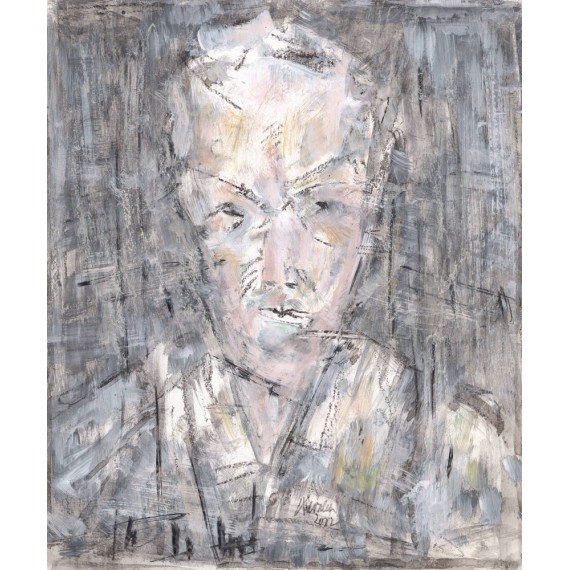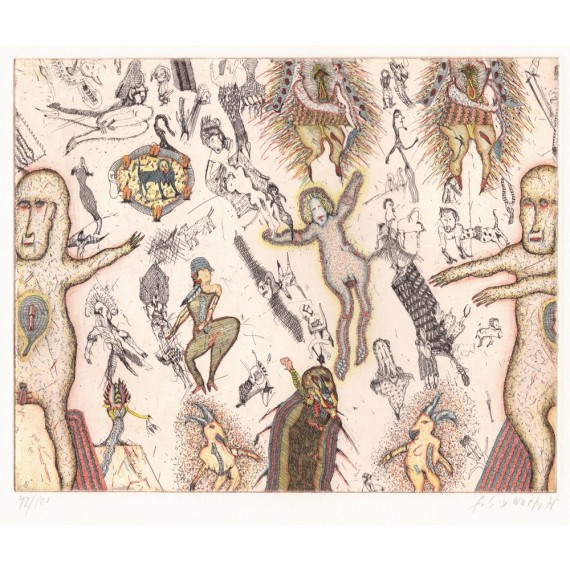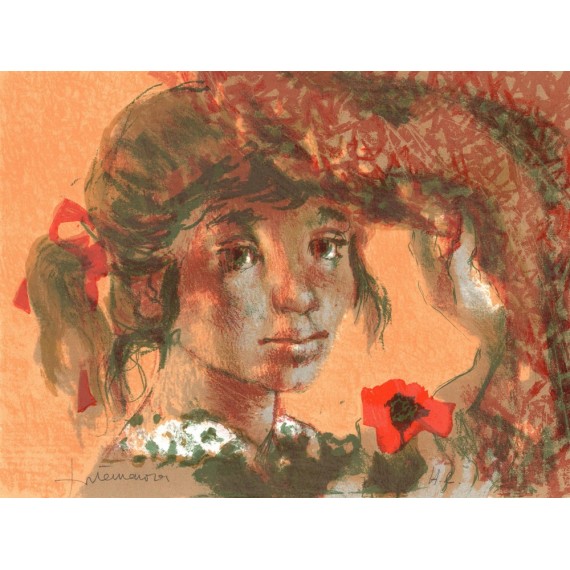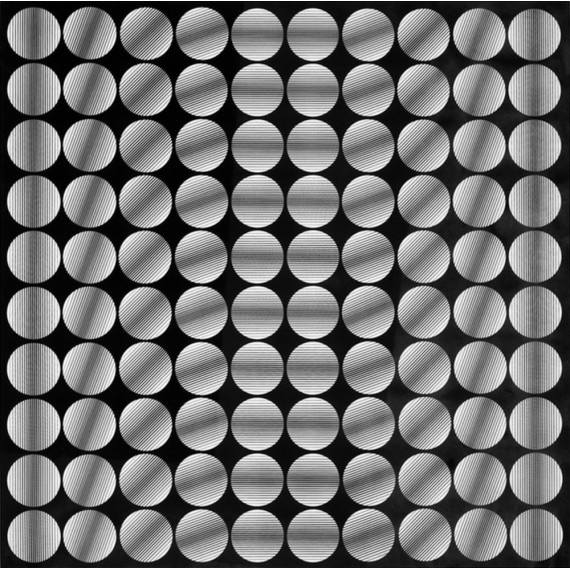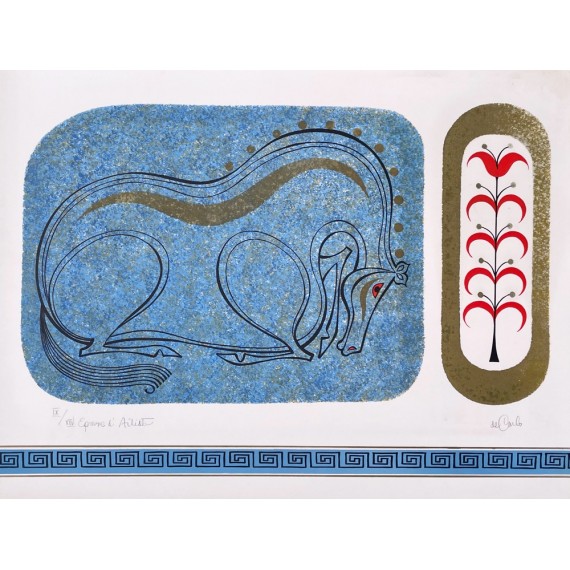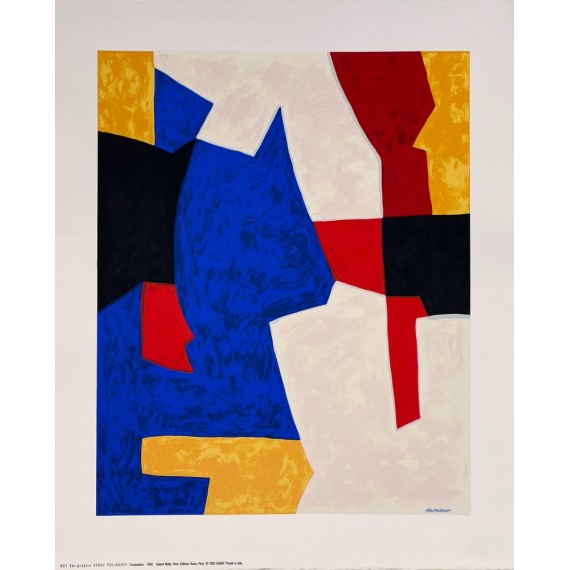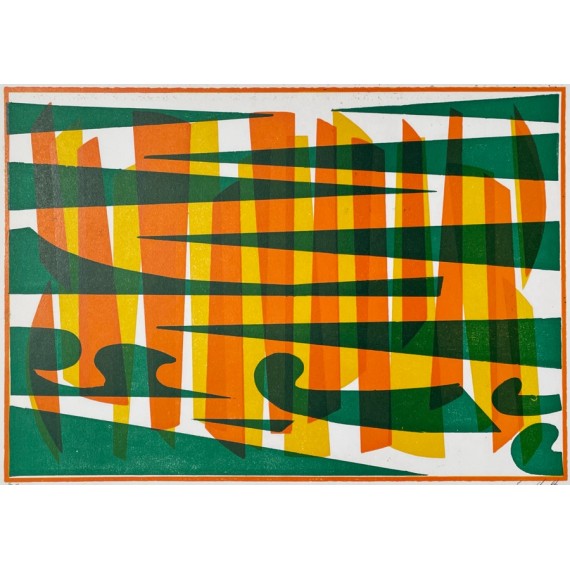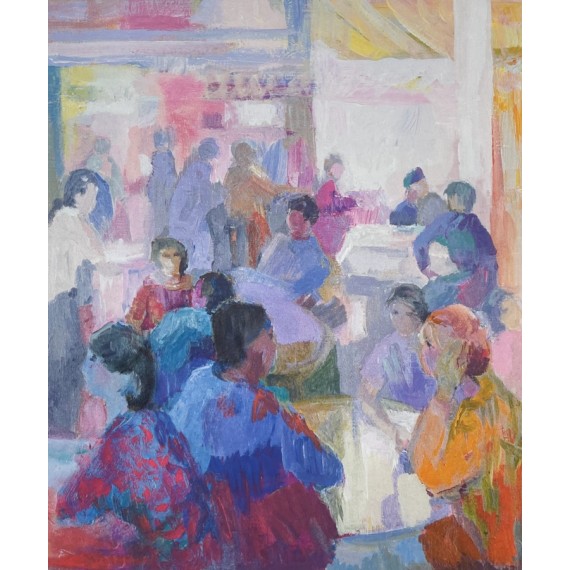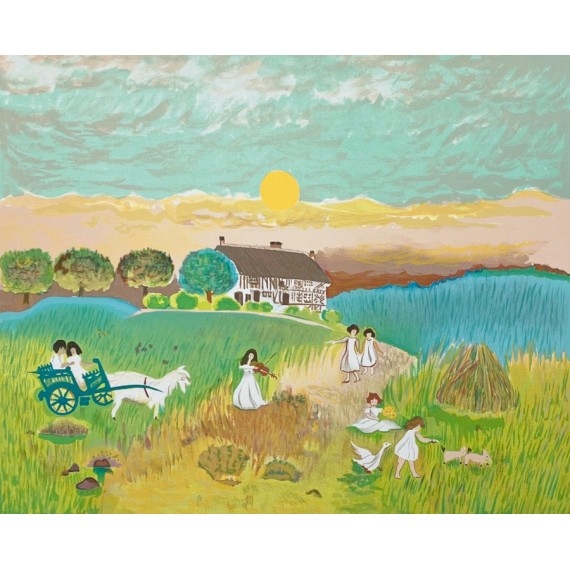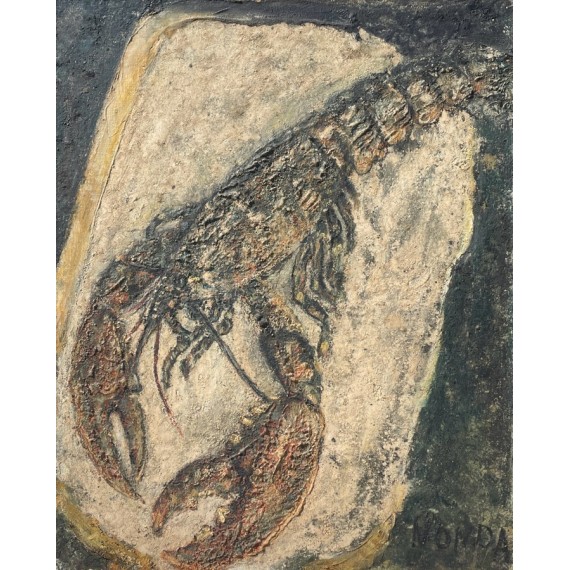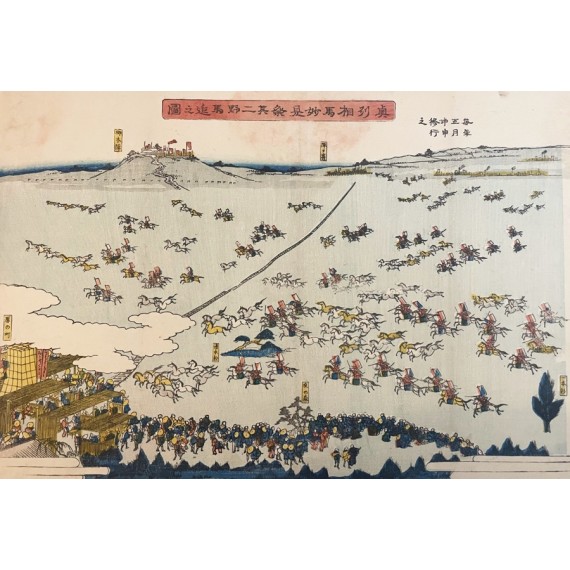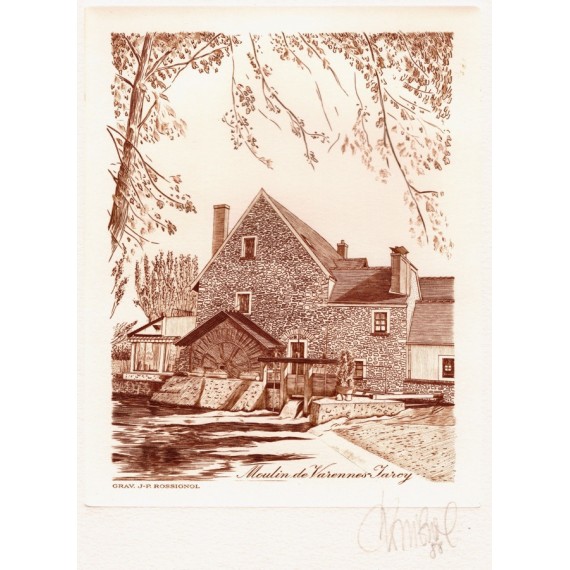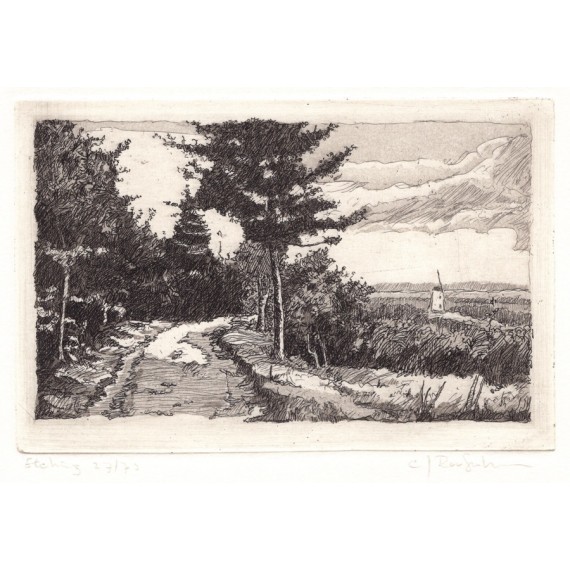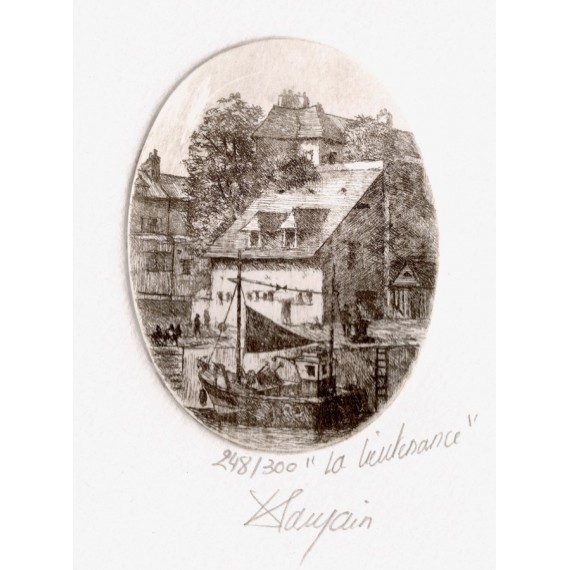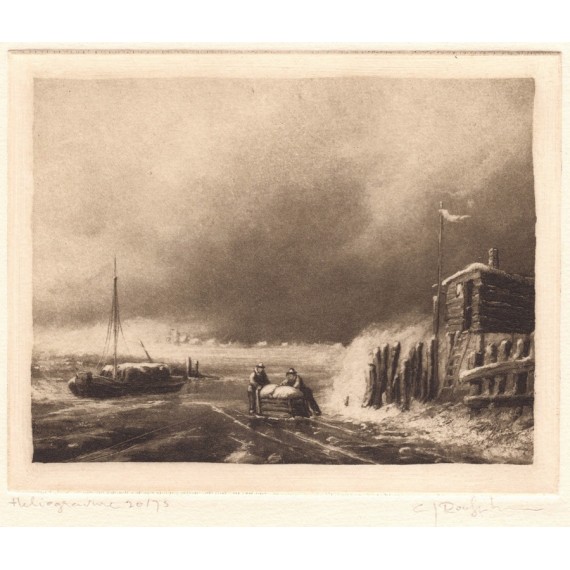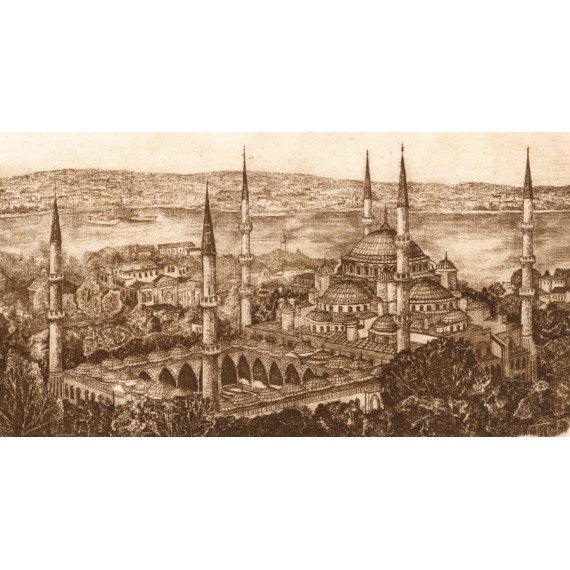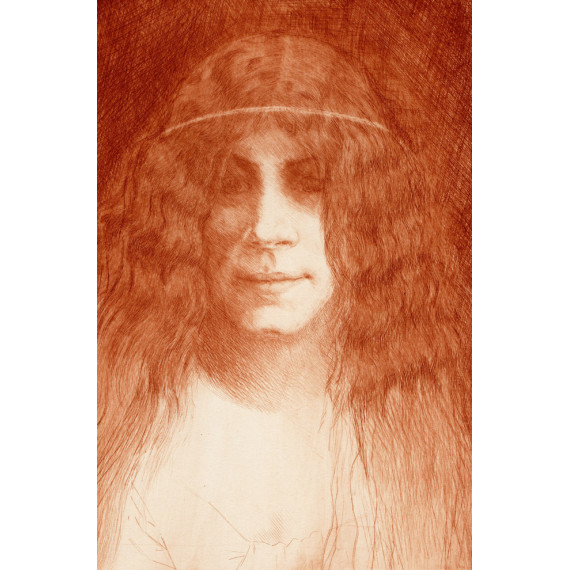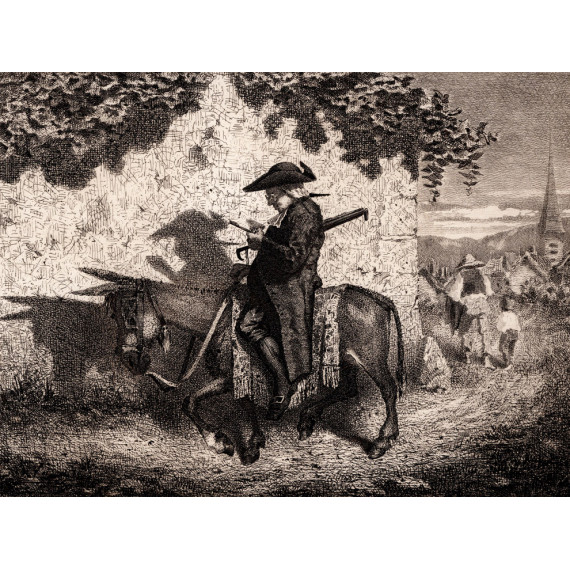/// Charles Albert WALTNER ///
Engraving by Waltner, Charles Albert (1846-1925) after Van Dyck, Anton (1599-1641).
Title: François Duquesnoy dit François Flamand (Cabinet of S. M. Léopold II, King of the Belgians)
Description:
Original engraving by Waltner made in 1879 for the review Art.
Dimensions of the bowl: 31.4 x 24.5 cm.
A copy similar to the National School of Fine Arts.
/// Who is François Duquesnoy? ///
François Duquesnoy or Du Quesnoy, known in France under the name of François Flamand, born January 12, 1597 in Brussels, main city of Brabant, then capital of Spanish Flanders (administered by the "Consejo de Flandes" - Council of Flanders) and died on July 18, 1643 in Livorno (Italy), is a Brussels sculptor whose fame has largely gone beyond the borders of the Spanish Netherlands known as "Flanders". His name is regularly mentioned alongside those of Bernini and Algarde. Depending on the country, he is also nicknamed: François le Flamand, Frans Van Kenoy, Francesco Fiammingo, Fattore di Putti, Il Fiammingo.
/// Biography of Charles Albert WALTNER ///
Charles Albert Waltner is a French etcher engraver, born in March 1846 in Paris and died on June 15, 1925 in the same city.
He first devoted himself to painting and attended Jean-Léon Gérôme's studio at the École des Beaux-Arts in Paris. He then turned to the art of engraving with Achille-Louis Martinet and Louis-Pierre Henriquel-Dupont.
In 1868, he won the Prix de Rome in intaglio engraving.
After making small pieces, he devoted himself to large-scale interpretive printmaking, notably works by Rembrandt.
He was a member of the jury and exhibited at the first international exhibition of white and black in 1885 at the Pavillon de Flore, and participated as a founder in the reopening of the National Society of Fine Arts in 18902.
In 1908, he was admitted to the Academy of Fine Arts.

